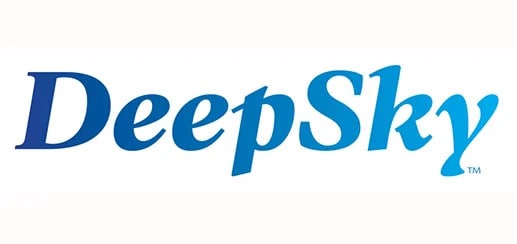Inventory formulas help you accurately measure your products and make decisions about their performance and profitability. Understand these 23 concepts to improve your inventory strategy.
Mathematicians use formulas to arrive at logical expressions to calculate and solve relationships between different variables. If you run a warehouse or own a business, your work also relies upon specific formulas to turn a profit and keep customers satisfied.
Formulas have the power to turn raw data into actionable insights in inventory management. When you know how to use and apply formulas in your business, you’ll see the results in your company’s order accuracy, customer consistency, and timing efficiency.
The Most Important Inventory Formulas to Manage Your Warehouse
Below are 23 formulas to help you overcome your business’s inventory management challenges. Whether you’re an e-commerce business owner, warehouse manager, or work in operations or logistics, these formulas will help you make informed and profitable product decisions about your company’s inventory.
- How Is Inventory Calculated? Add up all the goods your business currently has, including raw materials, work-in-progress products, and finished goods ready for sale.
- What is the Formula for Inventory Level? Inventory Level = Beginning Inventory + Purchases or Production − Cost of Goods Sold (COGS).
- What is the Inventory Method Formula? For first in, first out (FIFO) inventory: COGS = Beginning Inventory + Purchases − Ending Inventory. For last-in-first out (LIFO) inventory: COGS = Beginning Inventory + Purchases − Cost of Goods Available for Sale
- What Is Lead Time? How long it takes your business to fulfill an order from when it’s placed until delivery.
- What Is MOQ (Minimum Order Quantity)? The lowest quantity of a product that your company will sell in a single order.
- What Is Inventory Days on Hand? The average number of days your inventory will last based on current stock and the average sale rate.
- What Is Inventory/Order/Ship Accuracy? How precise your inventory matches recorded levels and shipments match customer orders.
- What Are Days in Inventory? The number of days a product you sell remains in inventory before it’s sold.
- What Is FIFO (First In, First Out)? Oldest inventory items are sold and used first, often to prevent the accumulation of outdated stock or perishable items going bad.
- What Are Dimensional/Actual/Billable Weights? Dimensional weight is based on package volume, actual weight on a package’s physical weight, and billable weight determines shipping costs.
- What Is Inventory Turnover Ratio? How often your company’s inventory is sold and replaced over a period of time.
- What Is Reorder Point? The inventory level at which you must place a new order to avoid being too low on stock to fulfill future orders.
- What Is EOQ (Economic Order Quantity)? The optimal order quantity to minimize excess inventory holding and unnecessary ordering costs.
- What Is Perfect Order %? The percentage of orders perfectly fulfilled and delivered on time with no issues.
- What Is Inventory Acc %? How closely your recorded inventory levels match your physical inventory.
- What Is On-Time Ship %? The percentage of orders shipped within your customers’ expected timeframe.
- What Is Order Fill Rate? The rate at which customer orders are filled with all of the items they ordered.
- What Is Line Item Fill Rate? An order accuracy measurement that looks at each individual item ordered and that your company successfully fulfilled.
- What Are Orders Picked Per Hour/Lines Shipped Per Hour? Warehouse efficiency measurements that calculate the number of customer orders your warehouse employees pick per hour and how many individual product lines are shipped per hour.
- What Is Storage Utilization Rate? How effectively your warehouse uses all of your available storage space, comparing actual inventory storage space to total available storage space.
- What Are Inventory Days of Supply? The number of days your business’s inventory will last based on sales rates or average usage.
- What Is Total Order Cycle Time? How long it takes for your business to deliver an order to a customer, including time for order placement, processing, picking, packing, and shipping.
- What Is Internal Order Cycle Time? How long it takes for your company to process an order internally, not including shipping, delivery, or other external factors.
Contact Us for Help With Your Inventory
Need more guidance with inventory formulas or a helping hand to put them into practice in your business?
Warehousing and Fulfillment is here to assist you with transforming your business’s inventory processes and plan ahead for future growth. Please contact us today to start implementing these inventory formulas and see real results that boost your success.

















